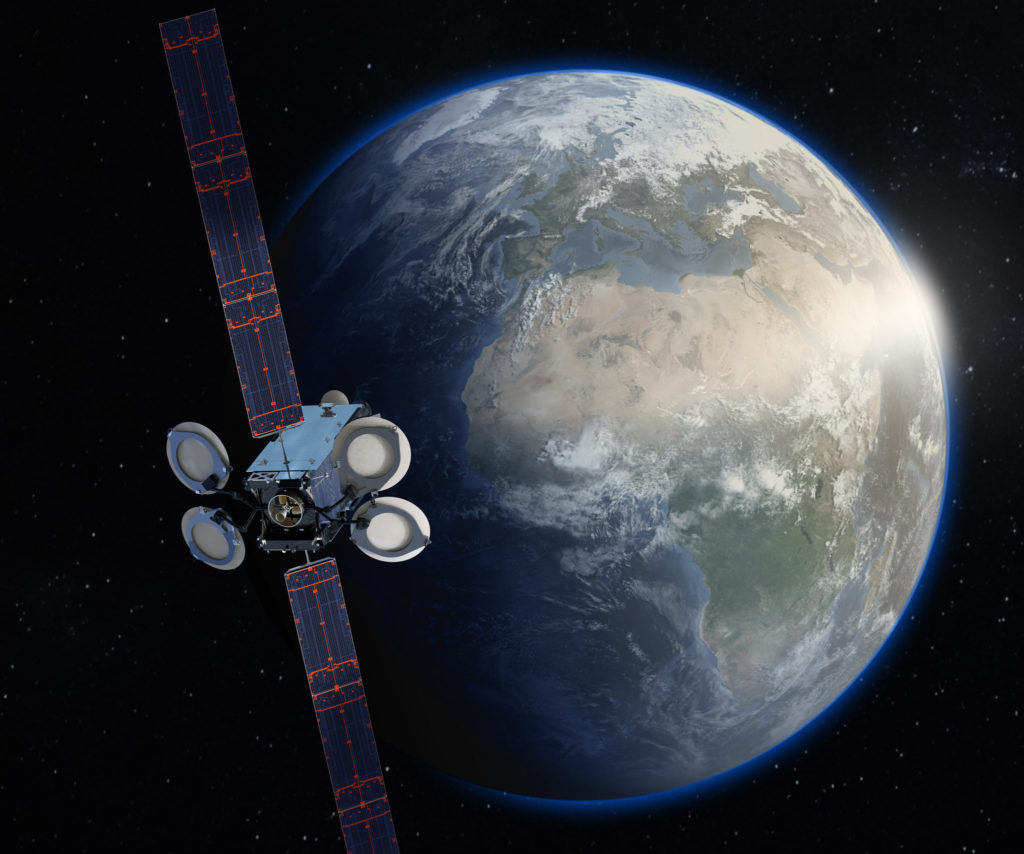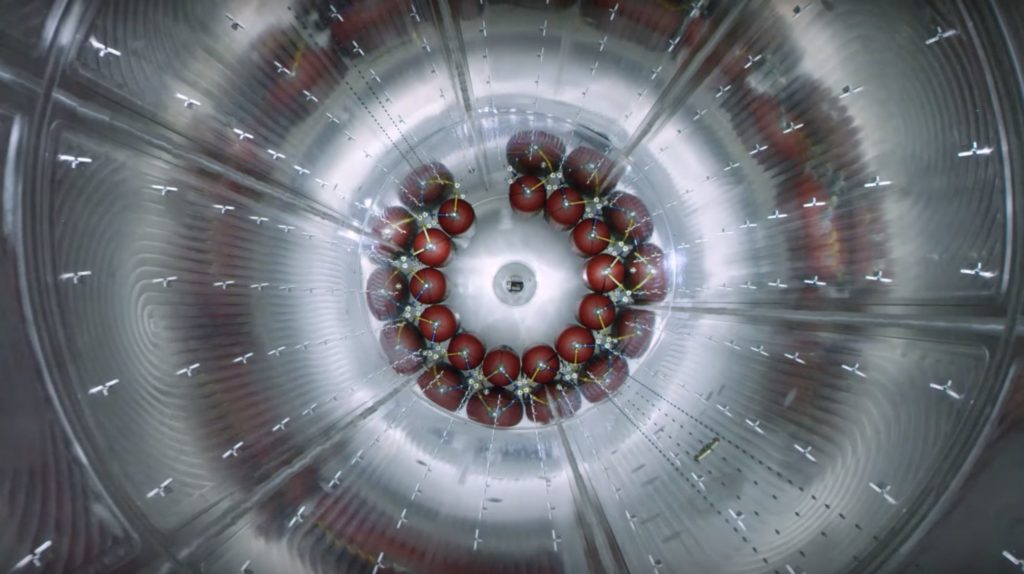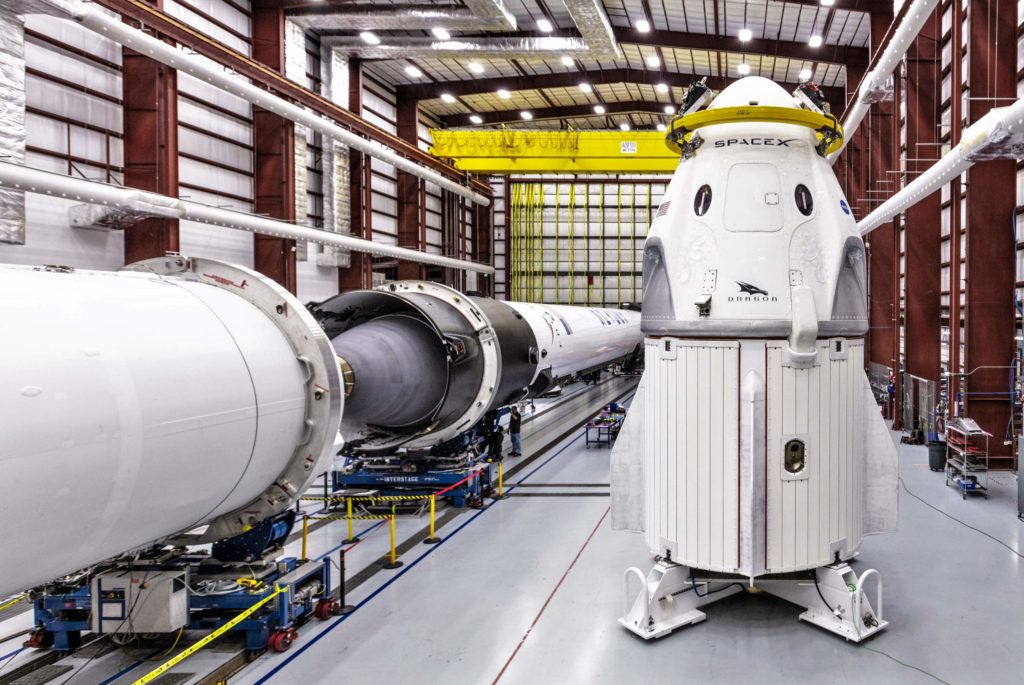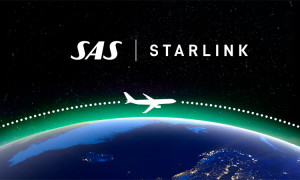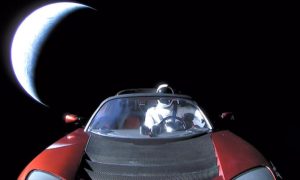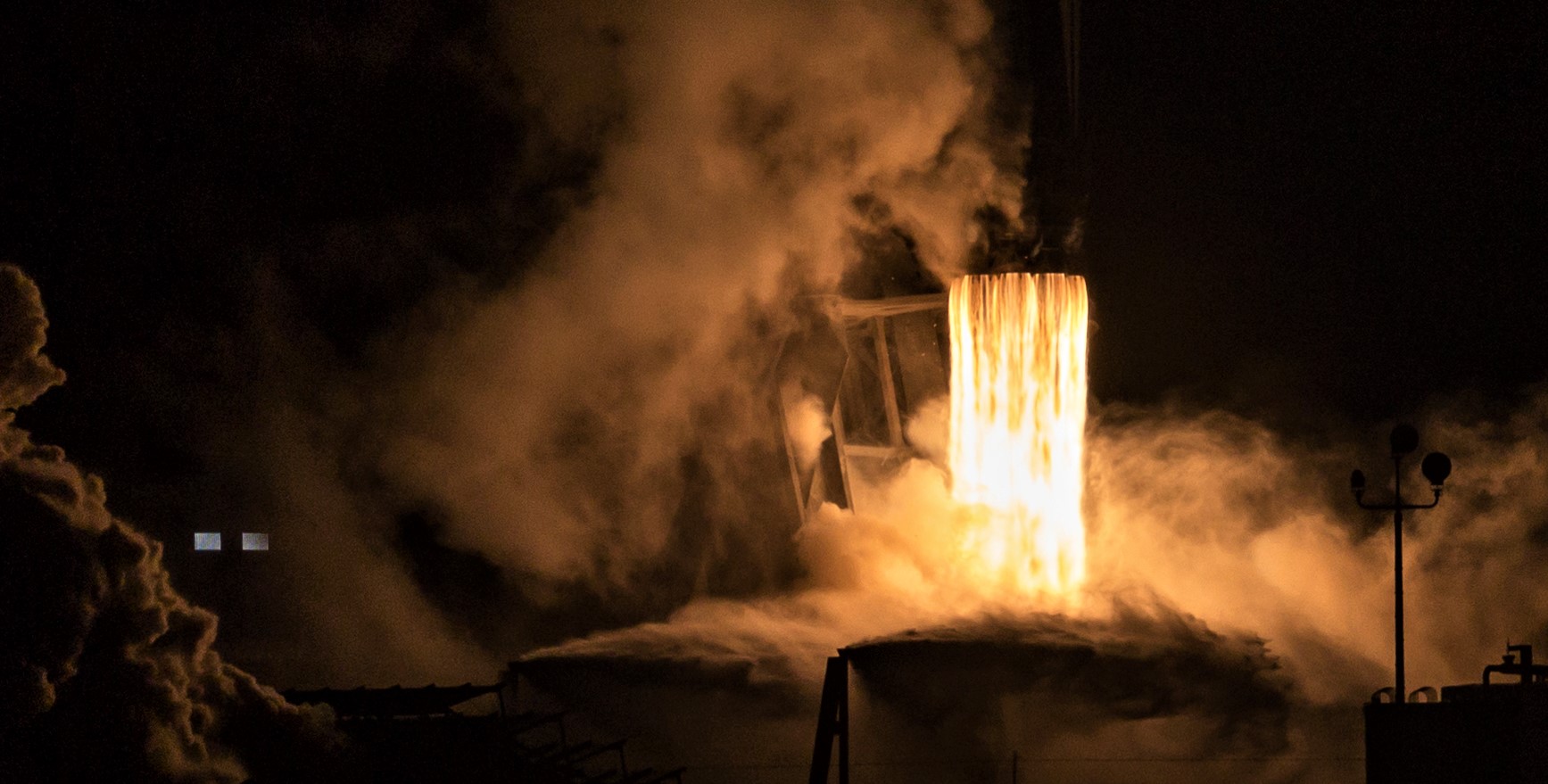

SpaceX
SpaceX to launch replacement satellite two years after fateful Falcon 9 failure
On September 1st, 2016, SpaceX’s Falcon 9 rocket suffered a catastrophic anomaly during a static fire test, causing an explosion that completely destroyed the vehicle, the launch pad, and Spacecom’s $200M Amos-6 satellite. This ultimately triggered a months-long investigation into what CEO Elon Musk described as “the most difficult and complex failure [SpaceX has] had in 14 years.”
More than two years and 41 successful consecutive launches later, SpaceX and Israeli satellite operator Spacecom are reportedly aiming to launch Amos-6’s replacement – Amos-17 – as early as the end of May, around three months from now.
Business in Brief: Spacecom says it will launch Amos 17 satellite within four months https://t.co/nkIFd7DzHJ
— Haaretz.com (@haaretzcom) February 25, 2019
Nearly two and a half years distant, the reverberations of SpaceX’s Amos-6 Falcon 9 failure continue to reverberate loudly. Aside from demanding changes to the operational procedures used to launch Falcon 9 and forcing an extensive critical analysis of design, production, and qualification methods, SpaceX has spent countless resources pursuing an extensive redesign of the component pointed at as the primary source of the explosion that destroyed Falcon 9. Known as composite overwrapped pressure vessels (COPVs), SpaceX uses the bottles to store extremely high-pressure helium (5000+ psi, 340+ bar) to pressurize Falcon 9’s RP-1 and oxygen tanks, as well as nitrogen to power its cold-gas maneuvering thrusters.
According to a failure analysis performed by SpaceX with NASA, the USAF, the NTSB, and the FAA, it was concluded that the cause could be traced back to a complex series of events centered around those helium COPVs. Meant to be the first mission to utilize subcooled propellant and oxidizer, the extreme cold in the upper stage LOx tank caused solid oxygen to form on the outside of the COPVs located inside it. While complex, the gist was that liquid (and perhaps solid) oxygen could have formed around the outside of the COPV, potentially finding its way in between the carbon fiber wrappings, creating a buckle in the fibers, and ultimately causing fibers to break. Near the end of this process, those breaking fibers could have created a spark or breached the helium tank, instantaneously overpressurizing the upper stage and causing an explosion.
NASA’s Aerospace Safety Advisory Panel (ASAP) and NASA itself have aired concerns about those COPVs since 2016, triggering an extraordinarily comprehensive program of testing, characterization, and redesign of the COPVs SpaceX uses. They have now successfully flown on 3-4 Falcon 9 launches under the same expedited propellant loading conditions that an identical rocket will undergo in preparation for Crew Dragon launches. CEO Elon Musk spent several minutes discussing the redesigned COPVs in a May 2018 press conference and did not mince words when he described them as “by far the most advanced pressure vessel[s] ever developed by humanity.”
“The amount of testing and research that’s gone into COPV safety is gigantic. This is by far the most advanced pressure vessel ever developed by humanity. It’s nuts. And I’ve personally gone over the test design, I’ve lost count how many times. But the top engineering minds at SpaceX have agonized over this. We’ve tested the living daylights out of it. We’ve been in deep, deep discussions with NASA about this. And I think we’re in a good situation.” – SpaceX CEO Elon Musk, May 2018
NASA and ASAP concerns have since been alleviated, culminating on February 22nd with an official announcement that NASA was ready for SpaceX to conduct the first uncrewed launch of its Crew Dragon spacecraft on March 2nd. It’s thus almost poetic that customer Spacecom chose the same week to announce a target date for the Falcon 9 launch of a satellite built to replace the destroyed Amos-6, known as Amos-17. Soon after the Amos-6 disaster, Spacecom settled on a free SpaceX launch contract for a future satellite instead of an immediate $50M payout. Procured for around $160M, SpaceX is reportedly targeting the launch of the Boeing-built satellite during the week of May 27th, likely from Launch Complex 40 (LC-40) – the same pad that suffered extensive damage during the September 2016 anomaly.
- Spacecom’s Boeing-built Amos-17 satellite. (Boeing)
- Falcon 9 shows off some of its COPVs in a tour of SpaceX’s Hawthorne factory. (SpaceX)
- An impressive view of Crew Dragon (DM-1), Falcon 9 B1051, and its upper stage. (SpaceX)
Since Amos-6, SpaceX’s record of reliability has been effectively spotless and now stands at an impressive 41 consecutive successful launches, including Falcon Heavy’s February 2018 debut. Aside from the sheer volume of launches SpaceX performed in a little over two years, the company has pushed full speed ahead towards its goal of routinely reusing Falcon 9 boosters. Less than 24 months after the first commercial reuse, SpaceX has landed Falcon 9 boosters 34 times and reused them 20 times, numbers that are only likely to grow in 2019.
Set to occur shortly after the planned launch debuts of Crew Dragon and Falcon Heavy (commercially), SpaceX will hopefully be able to place Amos-17 in a healthy orbit and thus effectively retire the Amos-6 saga before the second half of 2019.
Check out Teslarati’s newsletters for prompt updates, on-the-ground perspectives, and unique glimpses of SpaceX’s rocket launch and recovery processes!
News
SpaceX and Elon Musk explain potential reasons for Starship loss
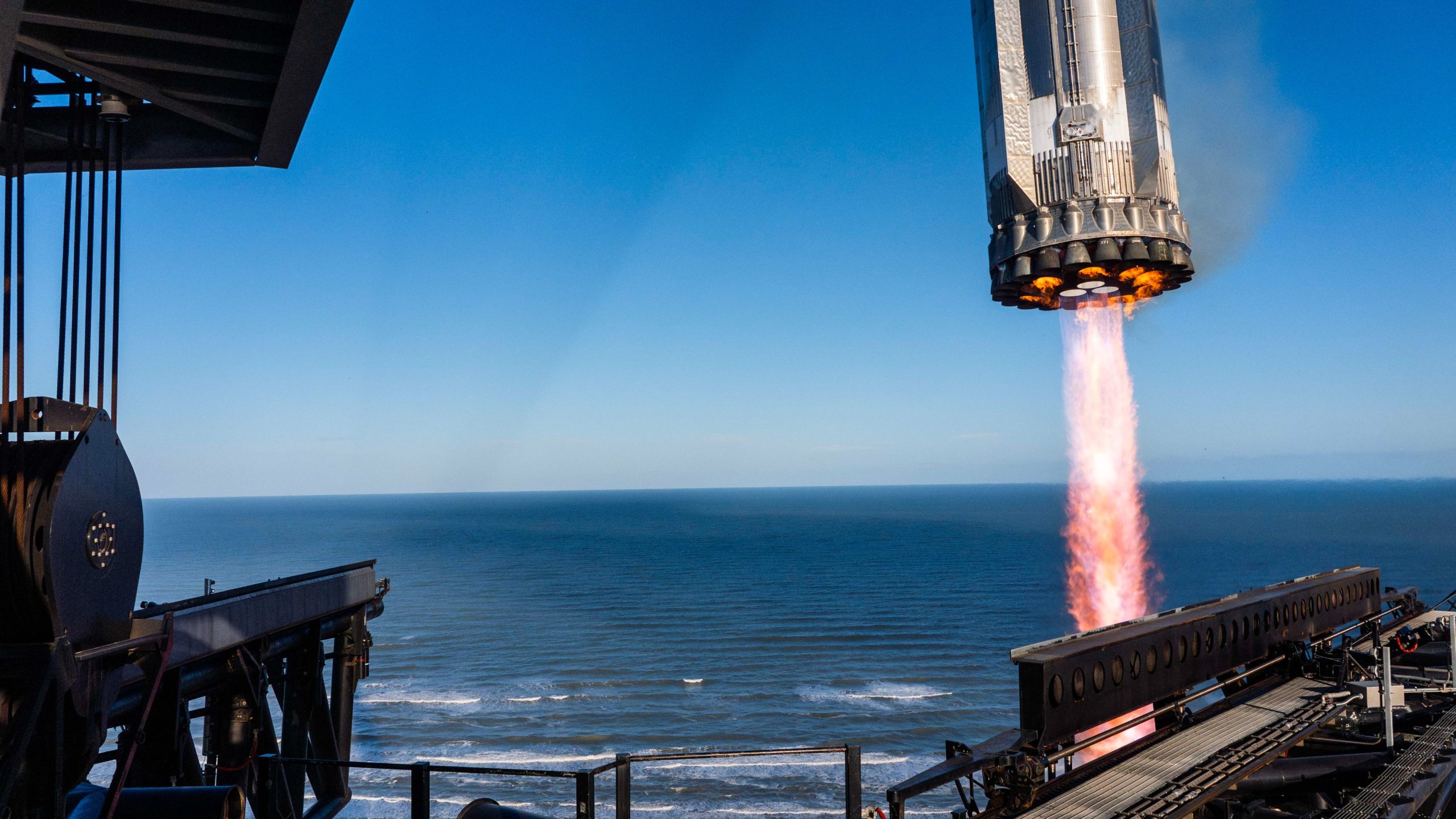
SpaceX and its CEO Elon Musk are starting to shed some light on the potential reasoning for the loss of Starship yesterday, which was lost after a successful launch and catch of the lower-stage booster.
Starship was lost during its ascension, and debris rained down over the Caribbean less than an hour after SpaceX lost all communication with the spacecraft.
A few hours after the launch was over, SpaceX started to shed some light after looking at preliminary data that the rocket left behind.
The company said that a fire developed in the aft section of Starship:
“Following stage separation, the Starship upper stage successfully lit all six Raptor engines and performed its ascent burn to space. Prior to the burn’s completion, telemetry was lost with the vehicle after approximately eight and a half minutes of flight. Initial data indicates a fire developed in the aft section of the ship, leading to a rapid unscheduled disassembly with debris falling into the Atlantic Ocean within the predefined hazard areas.”
Additionally, Musk said that there was some sort of oxygen or fuel leak in the cavity above the ship engine firewall.
The leak was evidently large enough to build more pressure than the vent was able to handle:
🚨Elon Musk has also said an oxygen or fuel leak in the cavity above the ship engine firewall could be the cause of the anomaly. https://t.co/BgLkdA9Kk1
— TESLARATI (@Teslarati) January 17, 2025
Some also seemed to recognize evidence of fires throughout the flight of Starship, which is obviously an anomaly:
Unconfirmed but what looks to be fire at the hinge of Starship’s flap. A potential RUD? We await as we get any confirmation from SpaceX.
They do not have comms with the spacecraft as this moment. pic.twitter.com/Cn1EF4AHpv
— Mihir Tripathy (@mihirneal) January 16, 2025
There will be more information regarding the loss of Starship in the coming days and weeks, but Musk already believes that a bit of fire suppression and more volume in the cavity above the ship engine firewall could fix the issue.
“Nothing so far suggests pushing next launch past next month,” he said, so Flight 8 could happen sometime in February.
Need accessories for your Tesla? Check out the Teslarati Marketplace:
- https://shop.teslarati.com/collections/tesla-cybertruck-accessories
- https://shop.teslarati.com/collections/tesla-model-y-accessories
- https://shop.teslarati.com/collections/tesla-model-3-accessories
Please email me with questions and comments at joey@teslarati.com. I’d love to chat! You can also reach me on Twitter @KlenderJoey, or if you have news tips, you can email us at tips@teslarati.com.
News
SpaceX completes second catch of lower stage, but loses Starship
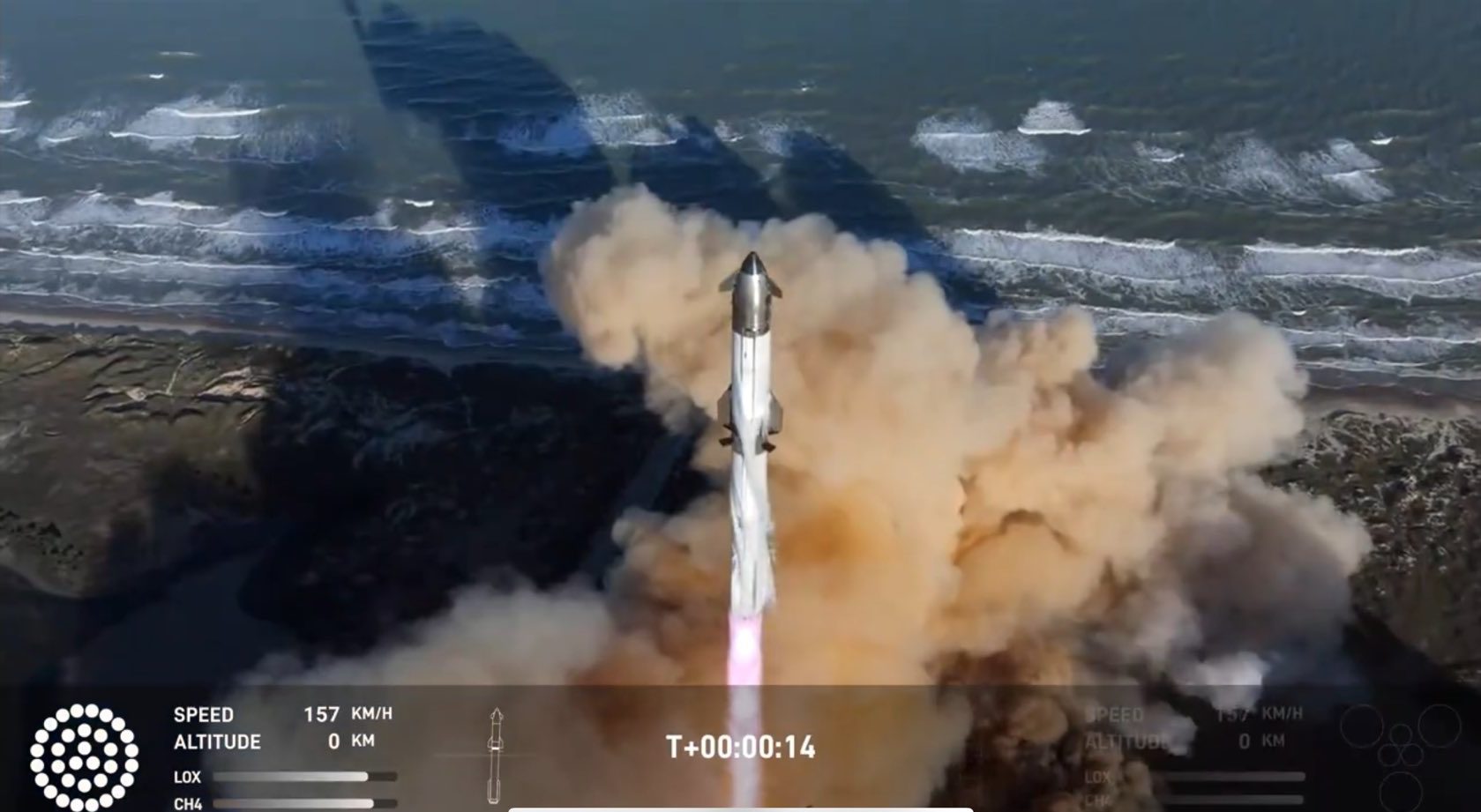
SpaceX completed its seventh launch of Starship on Thursday, accomplishing a clean liftoff and catch of the first-stage booster. However, the upper stage was lost after its ascent.
The launch took place just a few minutes after 5 p.m. on the East Coast, as the first attempts at getting Starship in the air for the seventh time were delayed by weather both last week and this week.
Conditions were favorable on Thursday as SpaceX looked to follow up a successful campaign by Blue Origin, Jeff Bezos’s company, earlier today.
SpaceX went into the seventh Starship launch with plans for a catch attempt of the first-stage booster, something it attempted and completed during the fifth test launch last year. It decided to skip a catch attempt with the sixth test flight as conditions were not aligned.
For now, SpaceX is extremely selective as to when it attempts catches.
However, it was successful during this attempt, its second completed catch:
🚨 🚀 Here is @SpaceX’s full catch of the Lower Stage Booster from Starship Flight 7! pic.twitter.com/IXIRAGr1Md
— TESLARATI (@Teslarati) January 16, 2025
This flight differed from previous launches as SpaceX rolled out several improvements to the rocket and the processes as it featured plans to do a Starlink deployment simulation and had various adjustments to flap placement and avionics.
These plans were disrupted by the fact that SpaceX lost all communications with Starship about ten minutes into the flight, which the aerospace company confirmed was a result of losing the spacecraft sometime during its ascent.
🚀🚨 Telemetry on Starship has been lost. All comms with the ship have been lost, and SpaceX’s livestream says this is an “anomaly.”
“We are assuming the ship has been lost.” pic.twitter.com/fyyCNuXVRg
— TESLARATI (@Teslarati) January 16, 2025
Although the catch was successful, the loss of the actual rocket seemed to be a huge damper on the entire event. SpaceX confirmed several minutes after the loss of communications that the rocket was destroyed and was lost.
It was its first failure since the second Starship launch in November 2023. SpaceX had no answers for why the rocket was destroyed and lost.
We will keep you updated in the coming days.
Need accessories for your Tesla? Check out the Teslarati Marketplace:
- https://shop.teslarati.com/collections/tesla-cybertruck-accessories
- https://shop.teslarati.com/collections/tesla-model-y-accessories
- https://shop.teslarati.com/collections/tesla-model-3-accessories
Please email me with questions and comments at joey@teslarati.com. I’d love to chat! You can also reach me on Twitter @KlenderJoey, or if you have news tips, you can email us at tips@teslarati.com.
News
SpaceX confirms next Starship launch target – Here’s when it will take off
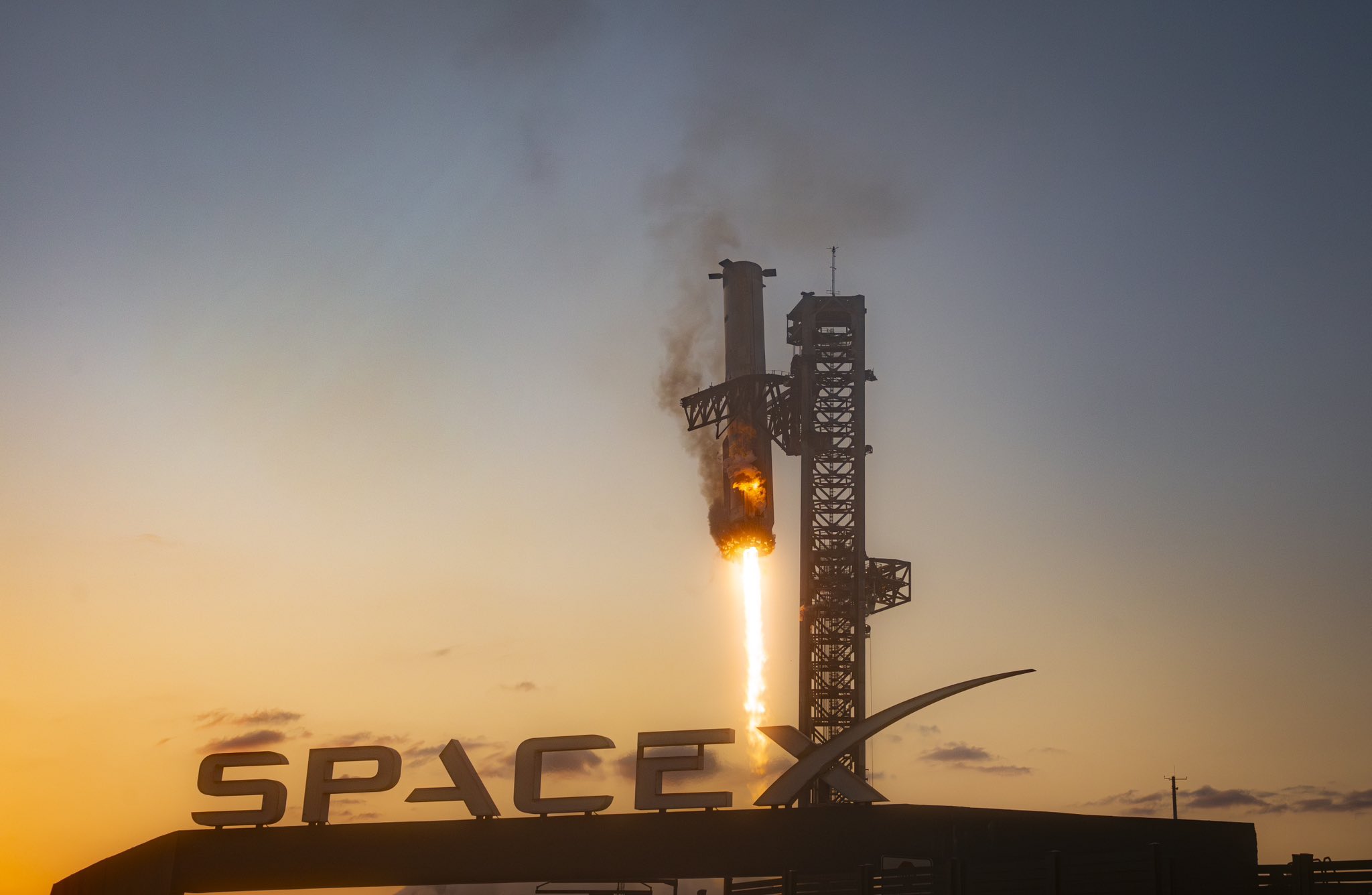
SpaceX has confirmed a new target date for the seventh Starship test launch after weather in Texas delayed the first scheduled date for “three or four days.”
The company is now targeting the launch for Monday, January 13, at 4 p.m. CST or 5 p.m. EST. The launch date is not set in stone as any variety of delays could impact this, but SpaceX hopes to finally take off after a delay that pushed it back from January 10.
🚨 STARSHIP LAUNCH DATE: @SpaceX says Starship’s 7th test flight is now targeted for Monday, January 13 at 4pm CST
— TESLARATI (@Teslarati) January 8, 2025
What’s new with this Starship launch
With this being the seventh test launch of Starship, there are several things that the company will change and hope to accomplish. All of these launches are done in preparation for eventually taking flight to Mars, something that will happen next year, according to CEO Elon Musk.
First, SpaceX is rolling out a next-generation ship with “significant upgrades.” Forward flaps have been made smaller and are repositioned away from the heat shield, which will “reduce their exposure to reentry heating.”
There is also a 25 percent increase in propellant volume, a new fuel feedline system for the Raptor vacuum engines, and a better-than-ever propulsion avionics module that will control the valves and reading sensors.
Avionics, as a whole, underwent a redesign and now have more capability and redundancy for missions as they become more complex.
Starlink test
SpaceX is also planning to deploy 10 Starlink simulators that are similar in size and weight to the next-generation Starlink satellites:
“While in space, Starship will deploy 10 Starlink simulators, similar in size and weight to next-generation Starlink satellites as the first exercise of a satellite deploy mission. The Starlink simulators will be on the same suborbital trajectory as Starship, with splashdown targeted in the Indian Ocean. A relight of a single Raptor engine while in space is also planned.”
Ship return and catch
There will be several experiments that have to do with returning Starship and various catch scenarios and sequences. One of which will see “a significant number of tiles be removed to stress-test vulnerable areas across the vehicle.”
The ship’s reentry profile was also intentionally designed to test the structural limits of the flaps while at the point of maximum dynamic pressure during reentry.
Currently, SpaceX did not detail whether it would attempt another catch during this test launch. These are usually game-time decisions.
Need accessories for your Tesla? Check out the Teslarati Marketplace:
- https://shop.teslarati.com/collections/tesla-cybertruck-accessories
- https://shop.teslarati.com/collections/tesla-model-y-accessories
- https://shop.teslarati.com/collections/tesla-model-3-accessories
Please email me with questions and comments at joey@teslarati.com. I’d love to chat! You can also reach me on Twitter @KlenderJoey, or if you have news tips, you can email us at tips@teslarati.com.

